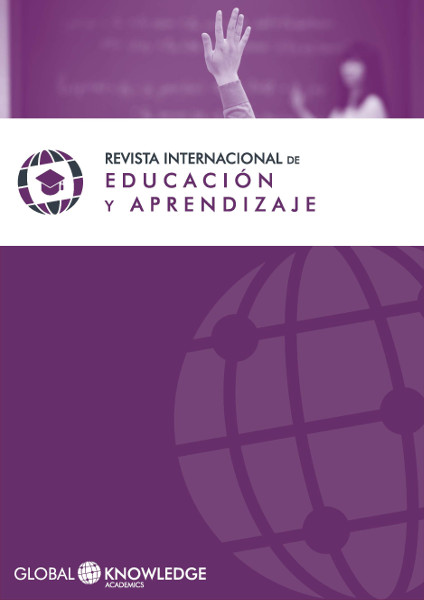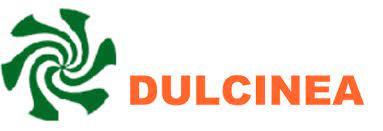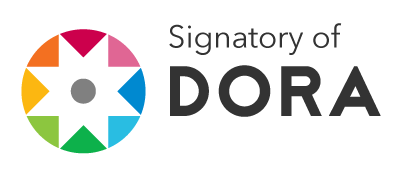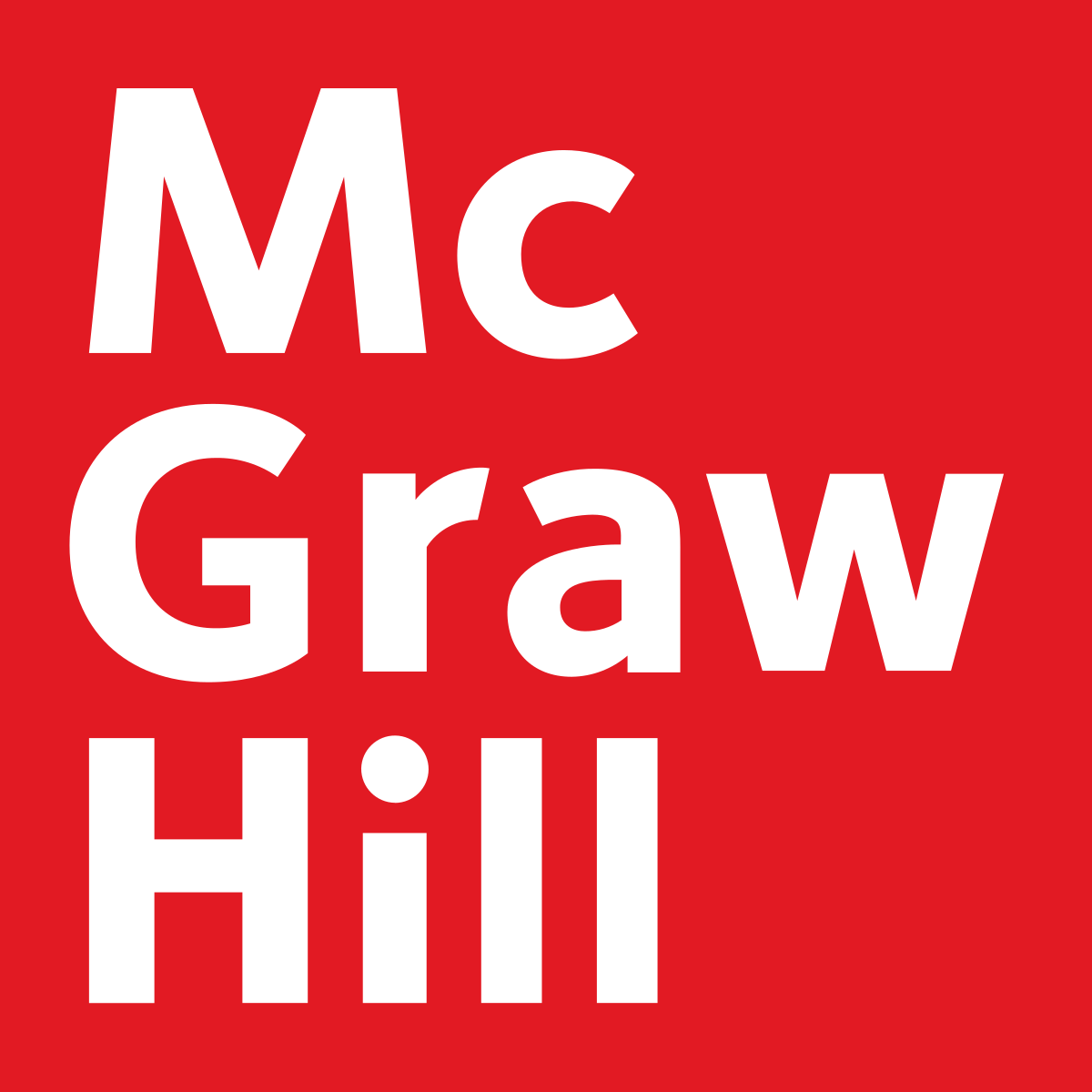Watching tutorial Videos at home; doing homeworks at the classroom: Maths with "Flipped Classroom"
DOI:
https://doi.org/10.37467/gka-revedu.v6.1389Keywords:
Flipped Classroom, Tutorial Videos, E-learningAbstract
A technological socio-cultural context, an inclusive school, and a constructivist general hypothesis, prompted us to investigate qualitatively an innovative teaching methodology, FLIPPED CLASSROOM (Sams and Bergmann, 2012): students access the content at home with tutorial videos while tasks are developed in the classroom. We applied the Flipped Classroom at the unit "functions" of Math to 176 students of sixteen years old from a school in Barcelona. The results so far show that this method enhances the interaction between teacher and students and this allows for more personalized instruction, while a collaborative work environment, where peer tutoring emerges spontaneously generated. This has led us to consider the possibility of implementing this methodology at the institutional level and make it available in the aerea of mathematics.
Downloads
Global Statistics ℹ️
|
1155
Views
|
871
Downloads
|
|
2026
Total
|
|
References
Arnaiz, P. (2003). Educación inclusiva: una escuela para todos. Málaga, España: Aljibe.
Ainscow, M. (2001). Escuelas inclusivas: aprender de la diferencia, Cuadernos de Pedagogía (pp. 44-49).
Azcarate, C. y Camacho, M. (2003). Sobre la investigación en didáctica del Análisis Matemático. Boletín de la Asociación Matemática Venezolana, X(2).
Ballard, K. (1997). Researching disibility amb inclusive education: participation, construction and interpretation. International Journal of Inclusive Education, (1), 243-256. DOI: https://doi.org/10.1080/1360311970010302
Bergmann, J. y Sams, A. (2012). Flip Your Classroom, Reach Every Student in Every Class Every Day. Estados Unidos: ISTE
Brihuega Nieto, J. (1997). Las Matemáticas en el Bachillerato, SUMA (25). Madrid: Federación Española de Profesores de Matemáticas.
Dawn, W. (2012). The Flipped Classroom, the Pedagogy and Tools. E-book
Goig Martinez, R. M. (2013). Formación del profesado en la sociedad digital. Investigación, innovación y recursos didácticos. UNED.
Johnson, L., Adams, S. y Cummins, M. (2012). Informe Horizon de l’NMC: Edició per l’ensenyament universitari 2012. Austin, Estados Unidos: The New Media Consortium.
Kieran, C.y Filloy, E. (1989). El aprendizaje del álgebra escolar desde una perspectiva psicológica. Enseñanza de las ciencias, 7(3), 229-240. DOI: https://doi.org/10.5565/rev/ensciencias.5038
Mazur, E. (2009). Farewell, Lecture? Science, 323, 50-51. DOI: https://doi.org/10.1126/science.1168927
Puigdellívol, I. (2004). Actas del Seminario sobre la Escuela Inclusiva, Curso 2003-2004. Universitat de Barcelona: documento inédito.
Ruano, R. M., Socas, M. M. y Palarea, M. M. (2008). Análisis y clasificación de errores cometidos por alumnos de secundaria en los procesos de sustitución formal, generalización y modelización en álgebra. PNA 2(2). Recuperado de: http://www.pna.es/Numeros2/pdf/Ruano2008PNA2(2)Analisis.pdf
Trujillo Saez, F. (2012). Propuestas para una escuela en el siglo XXI. España: Ed. La Catarata.
Webgrafía
Clayton Christensen Institute, Blended Learning. 2012, recueprado de: http://www.christenseninstitute.org/blended-learning-model-definitions/
Cobían, M., Nielsen, M. y Solís, A. (s. f.). Contexto Socio-cultural y aprendizaje significativo, en: http://www.quadernsdigitals.net/datos_web/articles/educar/numero9/contexto.htm
Common core state standards initiative, recuperado de: http://www.corestandards.org/assets/CCSSI_Math%20Standards.pdf
García, Muñoz y Repiso. (2003). Las nuevas tecnologías como herramientas didácticas, en http://web.usal.es/~anagv/artinntt.htm
Gencat: http://universitatsirecerca.gencat.cat/ca/03_ambits_dactuacio/acces_i_admissio_a_la_universitat/
proves_dacces_a_la_universitat_pau/
Instituto Nacional de Evaluación Educativa. Estímulos liberados de PISA, recuperado de: http://recursostic.educacion.es/inee/pisa/
Khan Academy, https://www.khanacademy.org/
Martin, J. (2011). Advancing the Flip: Developments in Reverse Instruction, recuperado de: http://connectedprincipals.com/archives/2775
Piñeiro, F. Recursos computacionales para la enseñanza aprendizaje de la matemática en la educación superior, recuperado de: http://www.monografias.com/trabajos17/computacion-matematicas/computacion-matematicas.shtml#ixzz2WVHONrGd
Downloads
Published
How to Cite
Issue
Section
License
Those authors who publish in this journal accept the following terms:
-
Authors retain copyright.
-
Authors transfer to the journal the right of first publication. The journal also owns the publishing rights.
-
All published contents are governed by an Attribution-NoDerivatives 4.0 International License.
Access the informative version and legal text of the license. By virtue of this, third parties are allowed to use what is published as long as they mention the authorship of the work and the first publication in this journal. If you transform the material, you may not distribute the modified work. -
Authors may make other independent and additional contractual arrangements for non-exclusive distribution of the version of the article published in this journal (e.g., inclusion in an institutional repository or publication in a book) as long as they clearly indicate that the work was first published in this journal.
- Authors are allowed and recommended to publish their work on the Internet (for example on institutional and personal websites), following the publication of, and referencing the journal, as this could lead to constructive exchanges and a more extensive and quick circulation of published works (see The Effect of Open Access).













